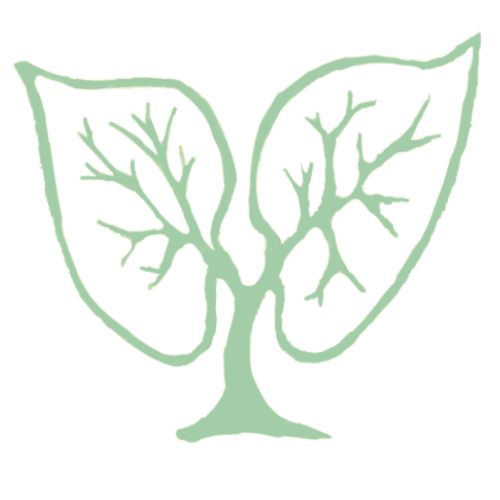Occupational Therapy & Lung Health: Making Daily Life Easier
Living with a chronic lung condition often means that even simple daily tasks—getting
dressed, cooking a meal, or doing laundry—can feel overwhelming. That’s where
Occupational Therapy (OT) comes in. While respiratory therapists focus on your
breathing and exercise routines, occupational therapists help you adapt your daily life
so you can do more with less breath.
What Does an Occupational Therapist Do?
Occupational Therapists (OTs) specialize in helping people manage daily activities,
especially when health conditions make them challenging. For people with lung disease,
this often means:
Teaching energy conservation (using less effort to get more done)
Modifying routines and environments so tasks feel easier
Recommending tools and devices that reduce physical strain
Problem-solving with you to make life more manageable and enjoyable
Think of OTs as coaches for your day-to-day life—finding creative ways to make the
things that matter to you possible again.
Energy Conservation: Doing More with Less Breath
Energy conservation is at the heart of Occupational Therapy for lung health. Some simple strategies include:
Pace yourself: Break big tasks into smaller steps and rest between them.
Prioritize: Do the most important activities when your energy is highest.
Positioning matters: Sit while folding laundry or preparing food to save energy.
Plan ahead: Gather supplies before starting a task so you don’t waste steps.
These small adjustments add up, helping you get through the day without feeling
completely drained.
Tools That Can Make Life Easier
Sometimes the right tool makes all the difference. OTs may recommend:
Long-handled reachers for picking up items without bending
Shower chairs to make bathing safer and less tiring
Rolling carts for moving groceries or laundry without lifting
Adaptive kitchen gadgets (like lightweight pots or easy-grip utensils) to reduce strain
These aren’t just “shortcuts”—they’re smart ways to save your breath for what matters
most.
Breathing Techniques in Daily Life
OTs often reinforce breathing strategies alongside your respiratory therapists. Techniques
like pursed-lip breathing or coordinating breath with movement (inhale before
exertion, exhale during exertion) can make chores, exercise, and even social activities
feel easier.
Beyond Chores: Returning to What You Love
Occupational therapy is not just about chores—it’s about living life. That could mean:
Playing with your grandchildren without getting winded
Gardening with breaks and the right tools
Returning to hobbies with small adaptations
Feeling more confident and independent in your own home
When breathing is tough, the things that bring joy are often the first to go. OTs help
bring them back.
Living with a lung condition can be challenging, but you don’t have to face it alone.
Occupational therapists are experts at helping you make daily life easier, safer, and
more enjoyable. By combining OT strategies with respiratory therapy, you can save
your energy, protect your lungs, and keep doing the things you love.
✨ Breathe easier. Live better. That’s the OT way.

